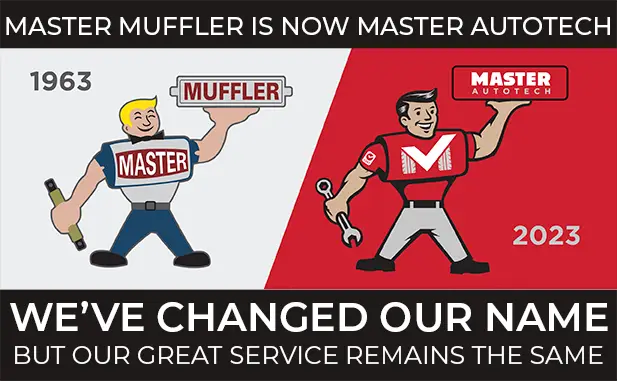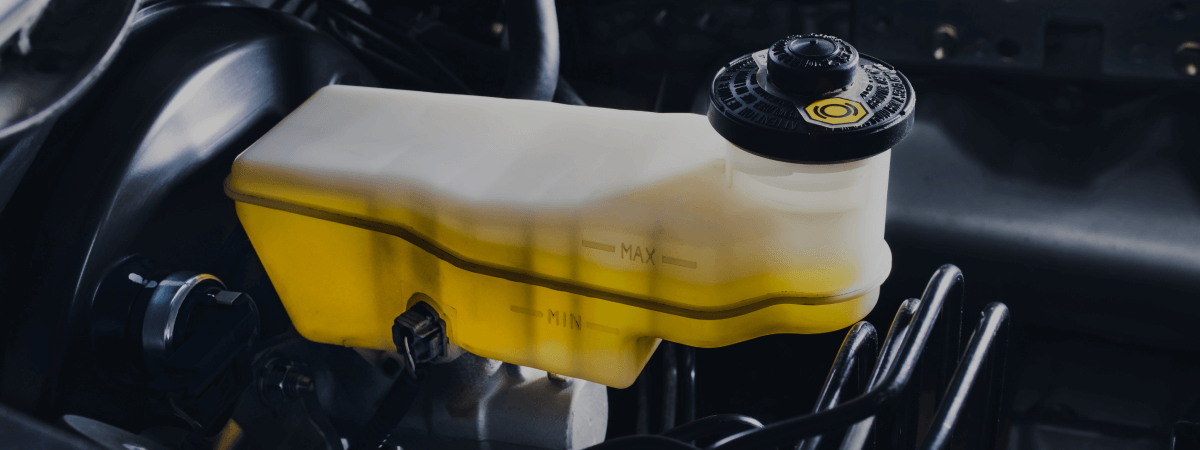
It’s estimated that there are over 1.4 billion vehicles in operation worldwide—the overwhelming majority of these vehicles are powered by gasoline. Though alternative fuels are on the rise, gasoline is still on top, by a considerable margin. Each of us as car owners have pulled up to a fueling station and injected this substance into our vehicles on a number of occasions. But what exactly is it? How does this substance helps to propel our cars forward?
What is Gasoline?
Gasoline hails from crude oil deposits and other petroleum liquids. It is largely composed of organic compounds obtained by the fractional distillation of petroleum and enhanced with a number of additives that can help improve its combustion capabilities and overall stability.
When gasoline enters the engine, it is ignited by the spark plug, creating heat and gas that raises a piston in the engine’s cylinder. The piston then returns to its starting position and this process continues in rapid succession, ultimately creating the energy necessary to propel the vehicle forward. There are a few different common fuel types to be aware of, as not all gasoline is created equal.
Octane Ratings and Common Gasoline Types
Two major constituents of gasoline are the liquids heptane and isooctane and the ratio of the two is known as an octane rating. Simply put, octane ratings are used to measure the fuel’s ability to resist knocking or pinging during combustion— a significant thing for certain vehicle makes and models. Taking this rating into account, there are three common gasoline types that drivers can put into their cars.
Regular
Costing, on average, about 15 to 20 cents less per gallon than premium gasoline, regular gasoline has an average octane rating of 87, ranging between 85 and 88 across the board. If your vehicle has no particular fuel specifications, this could be a good, affordable choice.
Mid-Grade
Costing a few cents more per gallon than regular gasoline is mid-grade fuel with an average octane rating of 89, ranging between 88 and 90 overall. This fuel is a good middle ground between the cheaper, lower octane fuel and the more expensive, premium gasoline.
Premium
Premium gasoline, as the name would suggest, is the most expensive common fuel carrying an average octane rating of 92, ranging from 91 to 94 across the board. There are many vehicles makes particularly luxury vehicles that require this type of fuel for optimal engine performance and health. If this type of fuel isn’t recommended for your vehicle, studies show there is little added benefit to using it.
Ethanol as an Additive
Ethanol is a renewable fuel made from plants (typically corn) that is used in more than 98% of U.S. gasoline. Ethanol works to oxygenate the fuel which, in turn, reduces air pollution. If your gas pump makes mention of ethanol, don’t worry, it’s incredibly common.
What to Know Before You Fuel
At the end of the day, it does matter which fuel you put in your vehicle. Will it have an immediate impact? Most likely not, but it will affect the health of your engine over time. High-performance engines usually require higher-octane fuel and if they don’t get it, they will deliver decreased power and performance. Certain engines are designed to generate different levels of compression within the cylinder and which fuel you use can influence this process. If the manufacturer gives specific instructions with regards to which fuel to use, make sure to follow them. This will keep your car on the road for longer. If any issues arise or if you have questions about your engine’s health bring it on to our Master Muffler shop. We are Bountiful’s auto repair experts, here to help you with your automotive needs.
Related Posts
Key Takeaways On average, passenger vehicle tires last 40,000 to 60,000 miles, depending on type, driving habits, and maintenance. Replace tires when tread depth reaches 2/32”, if damaged, or older than 10 years. Regular rotation, alignment, and proper inflation extend tire life. Aggressive driving, poor roads, and harsh weather shorten tire lifespan. Take advantage [...]
When you think about car maintenance, you probably focus on oil changes, tire rotations, and maybe even brake pad replacement. But what about your brake fluid? If you’ve ever wondered, “What does brake fluid do?” or “Why is brake fluid important?”, you’re not alone. Brake fluid might not be the most talked-about part of [...]
Is that high-pitched squeal from your brakes driving you—and everyone else—crazy? Don’t ignore it. Squeaky brakes aren’t just annoying, they’re your car’s way of saying something needs attention. Whether you're cruising through Salt Lake City or winding up Idaho’s mountain passes, here’s what’s likely going on, how you can fix it, and when it [...]





